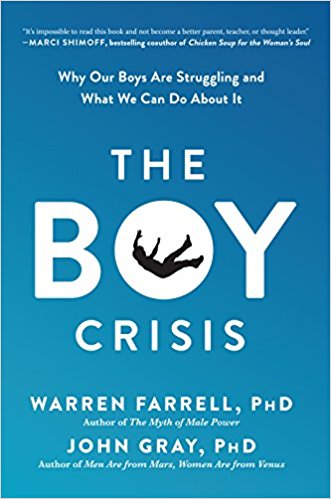Incarceration rate rises for first time in more than a decade
Canadian Press, various newspapers across Canada, November 21, 2007
OTTAWA - The number of Canadians behind bars rose in 2005-06 for the first time in a decade, as Read More ..ults were jailed while awaiting trial or sentencing.
However, the average number of young people aged 12 to 17 in custody on any given day continued a decline that began with adoption of the Youth Criminal Justice Act in 2003.
The country's incarceration rate moved upward slightly to 110 from 107 prisoners per 100,000 population in 2005-06, a two per cent increase over the previous year, Statistics Canada reported Wednesday.
This increase was a departure from the slow, steady decline recorded since 1995-96, but the rate was still 17 per cent lower than that of a decade ago.
The number of people behind bars could rise even higher if the Commons passes Conservative government legislation that aims to introduce minimum sentences for some crimes and toughen youth sentencing.
On any given day in 2005-06, an average of 33,123 adults and 1,987 youth were in custody in Canada, for a total of 35,110 inmates, three per cent more than in 2004-05.
Canada tends to jail people at a higher rate than most western European countries, yet it is far behind the United States.
For instance, Sweden posted an incarceration rate of 82 and France a rate of 85 per 100,000 population in 2005-06.
By comparison, the rate for England and Wales was 148. In the United States, the adult rate stood at 738.
The agency said a number of factors may be responsible for the rising incarceration rate, including longer trials.
"Court cases have become Read More ..mplex, resulting in longer processing times and, consequently, longer stays on remand," the report said.
"Also, offenders are spending less time in sentenced custody because courts are giving credit for time spent in remand when determining sentence length," it added.
"This, in turn, decreases counts of sentenced custody."






